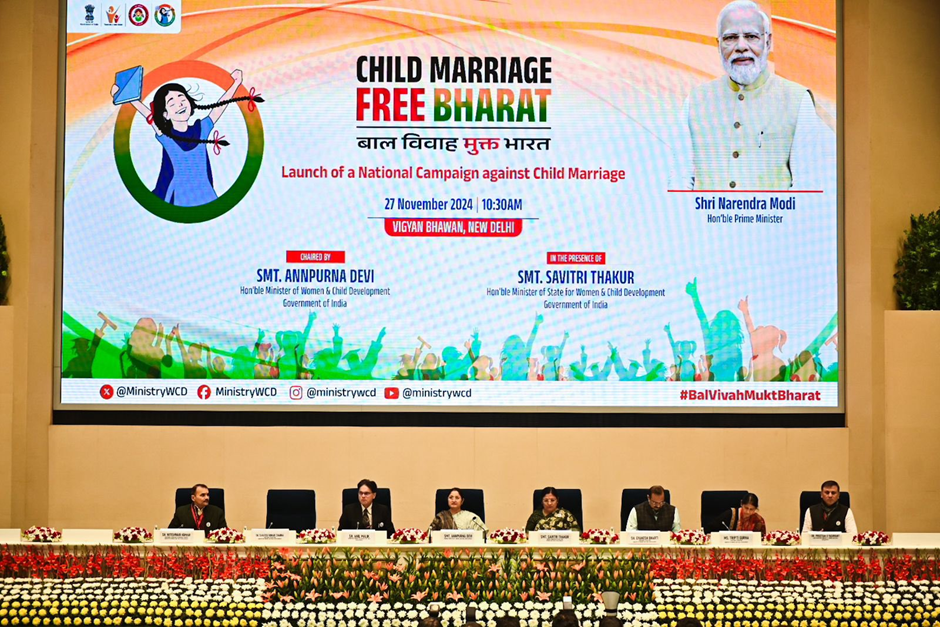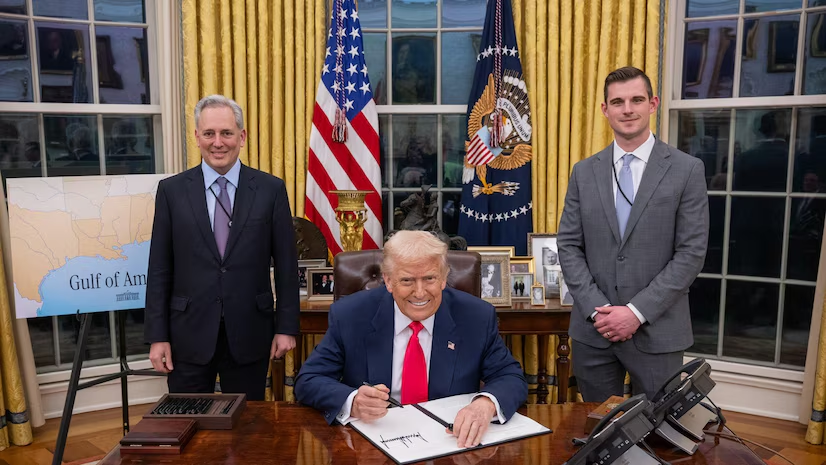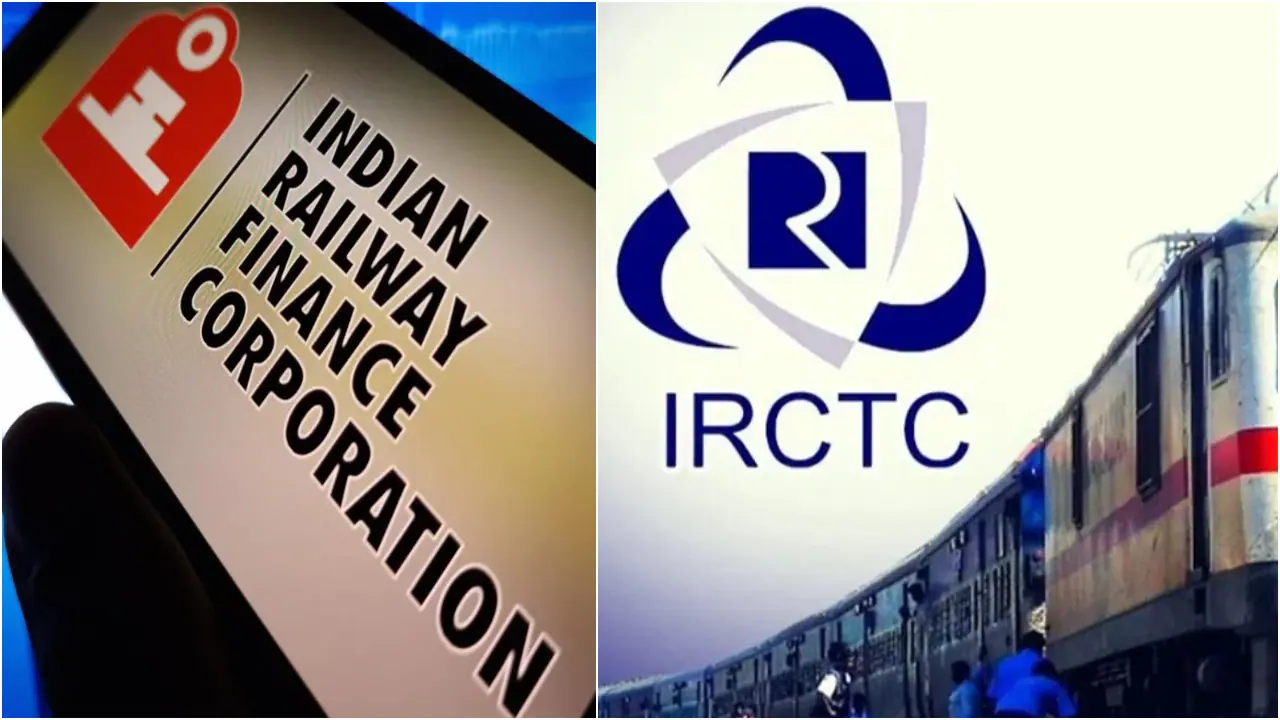- Courses
- GS Full Course 1 Year
- GS Full Course 2 Year
- GS Full Course 3 Year
- GS Full Course Till Selection
- CSAT
- 5 LAYERED ARJUNA Mentorship
- Public Administration Optional
- Online Program
- GS Recorded Course
- NCERT Batch
- Polity Module Course
- Geography Module Course
- Economy Module Course
- AMAC Module Course
- Modern India, Post Independence & World History Module Course
- Environment Module Course
- Governance Module Course
- Science & Tech. Module Course
- International Relations and Internal Security Module Course
- Disaster Management Module Course
- Ethics Module Course
- Essay Module Course
- Current Affairs Module Course
- ABOUT US
- OUR TOPPERS
- TEST SERIES
- FREE STUDY MATERIAL
- VIDEOS
- CONTACT US
Prevention of Child Marriages and the "Bal Vivah Mukt Bharat" Campaign
Prevention of Child Marriages and the "Bal Vivah Mukt Bharat" Campaign
28-11-2024

- Union Minister for Women and Child Development, Smt. Annapurna Devi, launched the Bal Vivah Mukt Bharat (Child Marriage Free India) campaign on 27th November 2024 in New Delhi.
- Child Marriage Free Bharat Portal: The campaign introduced an online portal to report child marriage cases, file complaints, and access information on the Child Marriage Prohibition Act.
- Goal for 2029: The campaign aims to reduce child marriages to below 5% by 2029 and is part of India’s vision to become a developed nation by 2047.
- The campaign launch aligns with the 16 Days of Activism Against Gender-Based Violence, running from 25th November to 10th December.
1. Prevalence and Impact of Child Marriages in India:
- Statistics: Despite efforts to prevent it, child marriage remains a serious issue, with 1 in 5 girls still getting married before they turn 18.
- Human Rights Violation: Child marriage is not only harmful but is also considered a serious violation of human rights and is illegal in India under the Prohibition of Child Marriage Act (2006).
- Effects on Girls: Child marriage stops girls from getting an education, harms their health, and limits their future opportunities. It also leads to gender inequality and increases poverty.
2. Bal Vivah Mukt Bharat Abhiyan:
- Focus Areas:
- Target States and Districts: The campaign will focus on seven states with high child marriage rates: West Bengal, Bihar, Jharkhand, Rajasthan, Tripura, Assam, and Andhra Pradesh. It will also target 300 districts where the rates are above the national average.
- Main Goal: The primary goal is to reduce the child marriage rate to below 5% by 2029. This requires active involvement from local communities, education systems, and legal systems.
- Key Features:
- Child Marriage Free Bharat Portal: A new online platform will help raise awareness, report child marriage cases, and track progress in eliminating child marriage.
- Collaboration: The campaign calls for the involvement of government agencies, NGOs, community leaders, and youth groups to work together to end child marriages.
3. Legal and Policy Support:
- Laws:
- Prevention of Child Marriage Act, 2006: This law plays a vital role in stopping child marriages. But the government believes that raising awareness is just as important as having laws.
- Government Schemes:
- Beti Bachao Beti Padhao: This program helps promote education and gender equality for girls.
- Samagra Shiksha: This scheme focuses on providing quality education to all children, including girls.
- Sukanya Samriddhi Yojana: A savings scheme to ensure financial security for girls.
- National Education Policy (NEP), 2020: The policy aims to provide equal educational opportunities to all children, including girls, with special scholarships for disadvantaged groups.
- Cultural Norms and Patriarchy: The government acknowledges that traditional beliefs and societal attitudes contribute to the problem of child marriage.
- Programs like Nari Adalats (women's courts) and gender-sensitive communication guides are designed to change these attitudes and create safer environments for girls.
4. Global Context:
- India's Role in South Asia: India has made a significant contribution to the global decline in child marriage rates in South Asia.
- A report by the United Nations shows that the sharpest decline in child marriages has occurred in South Asia, with India playing a key role.
- International Collaboration: The campaign encourages global partnerships to strengthen efforts to end child marriage worldwide.
5. Vision for a Developed India by 2047:
- Involving Women and Girls in Nation-Building: The government’s goal for 2047 is to make India a developed nation with full participation from women and girls.
- Ending child marriages is essential for this vision.
- Empowering Girls: Efforts are being made to empower girls through education, financial independence, and healthcare, so they can contribute fully to society.
- Role of Society: Minister Annapurna Devi asked citizens to take responsibility for preventing child marriages in their communities. She stressed that no child marriage should take place in any community.
By working together and using both legal tools and awareness programs, India hopes to end child marriages and give every girl the opportunity to succeed. This is an essential step toward building a developed, fair, and equal society for all.




